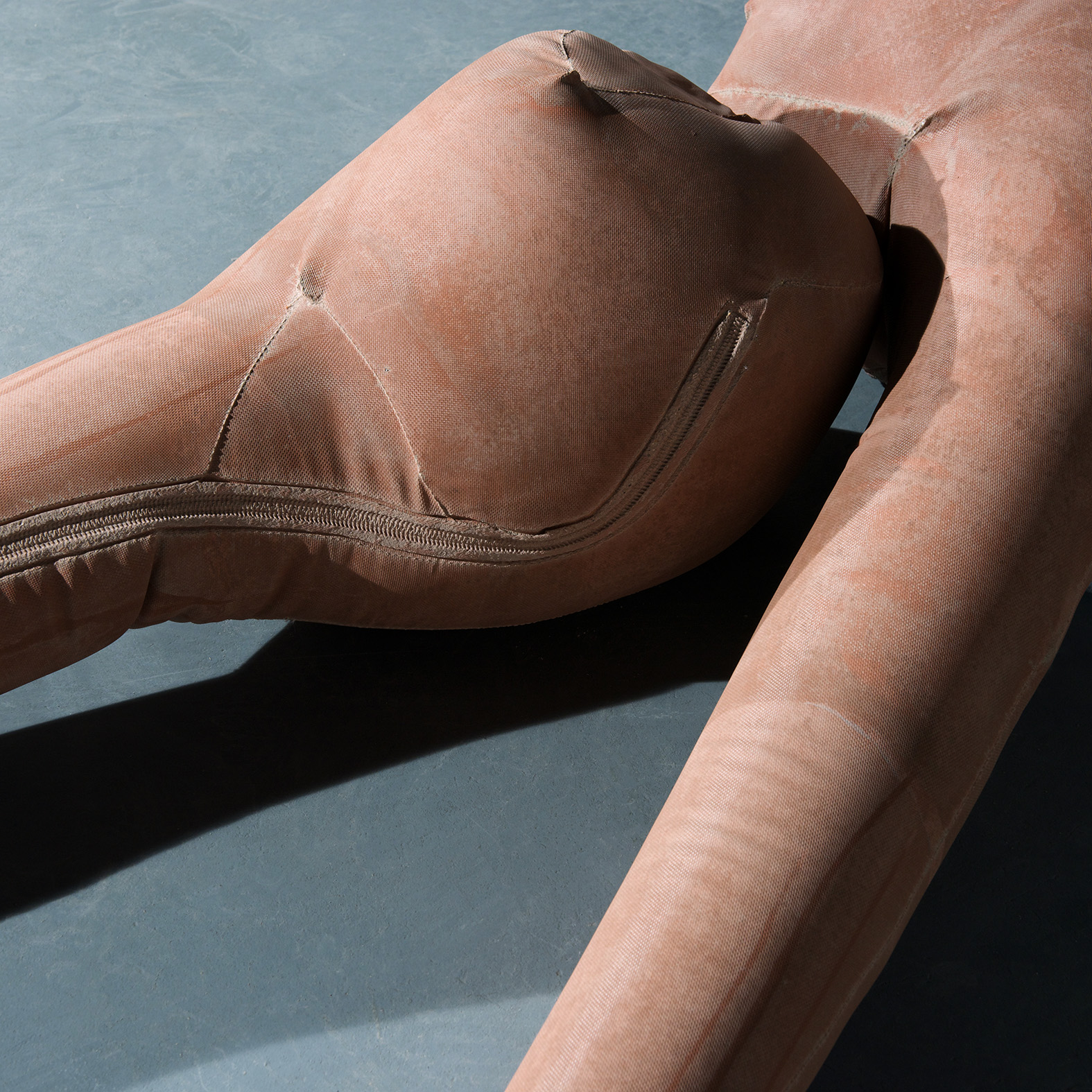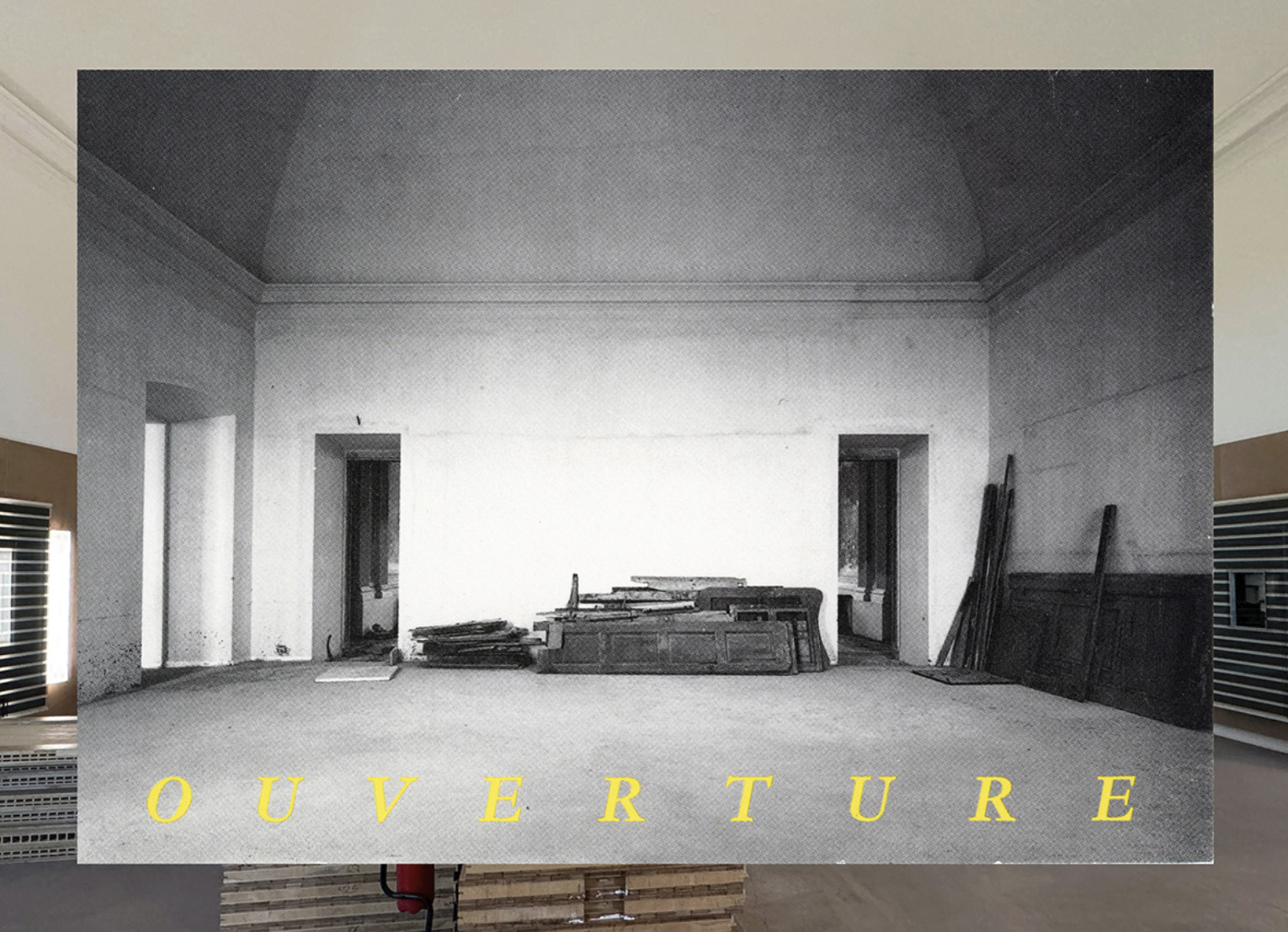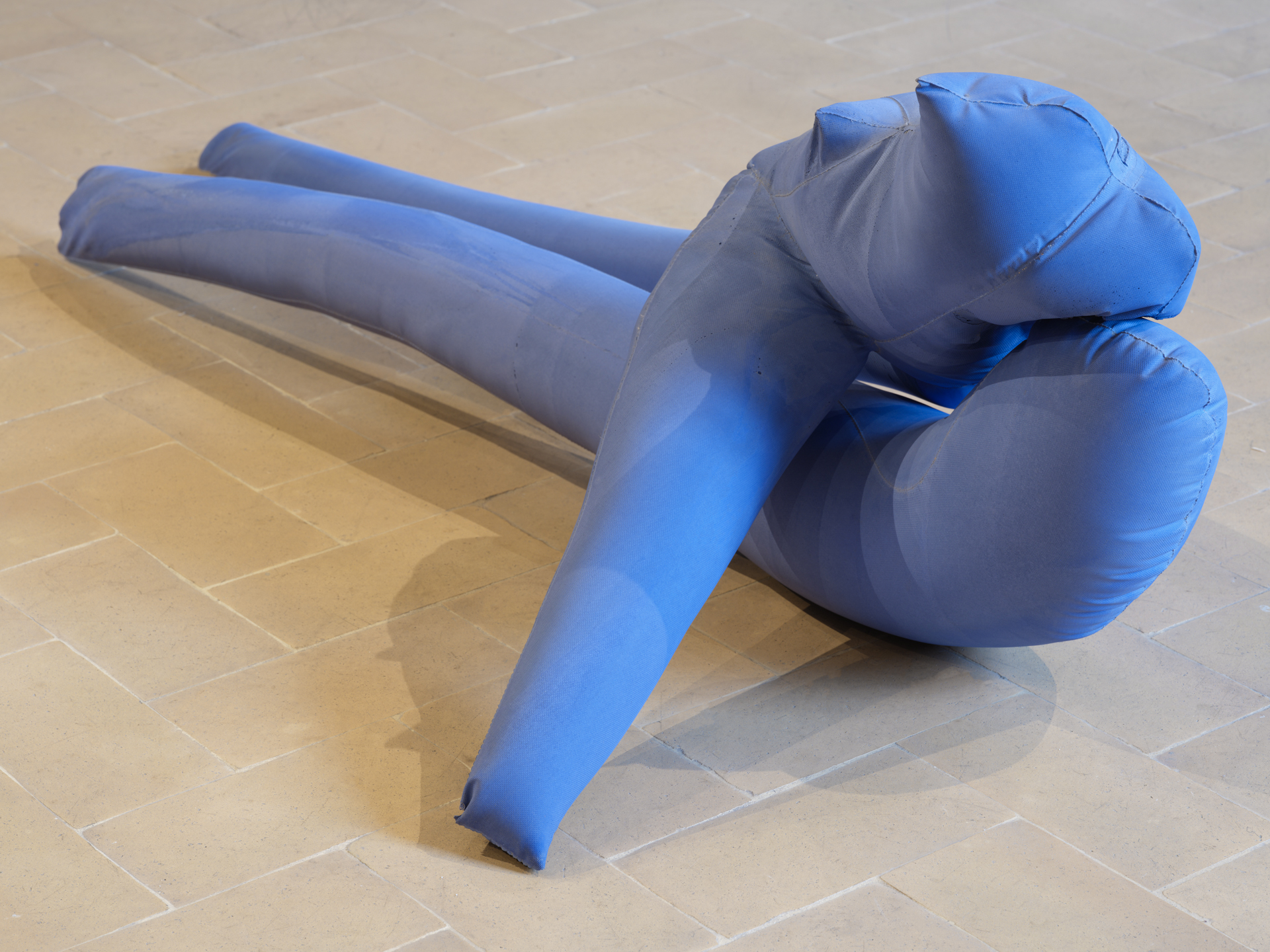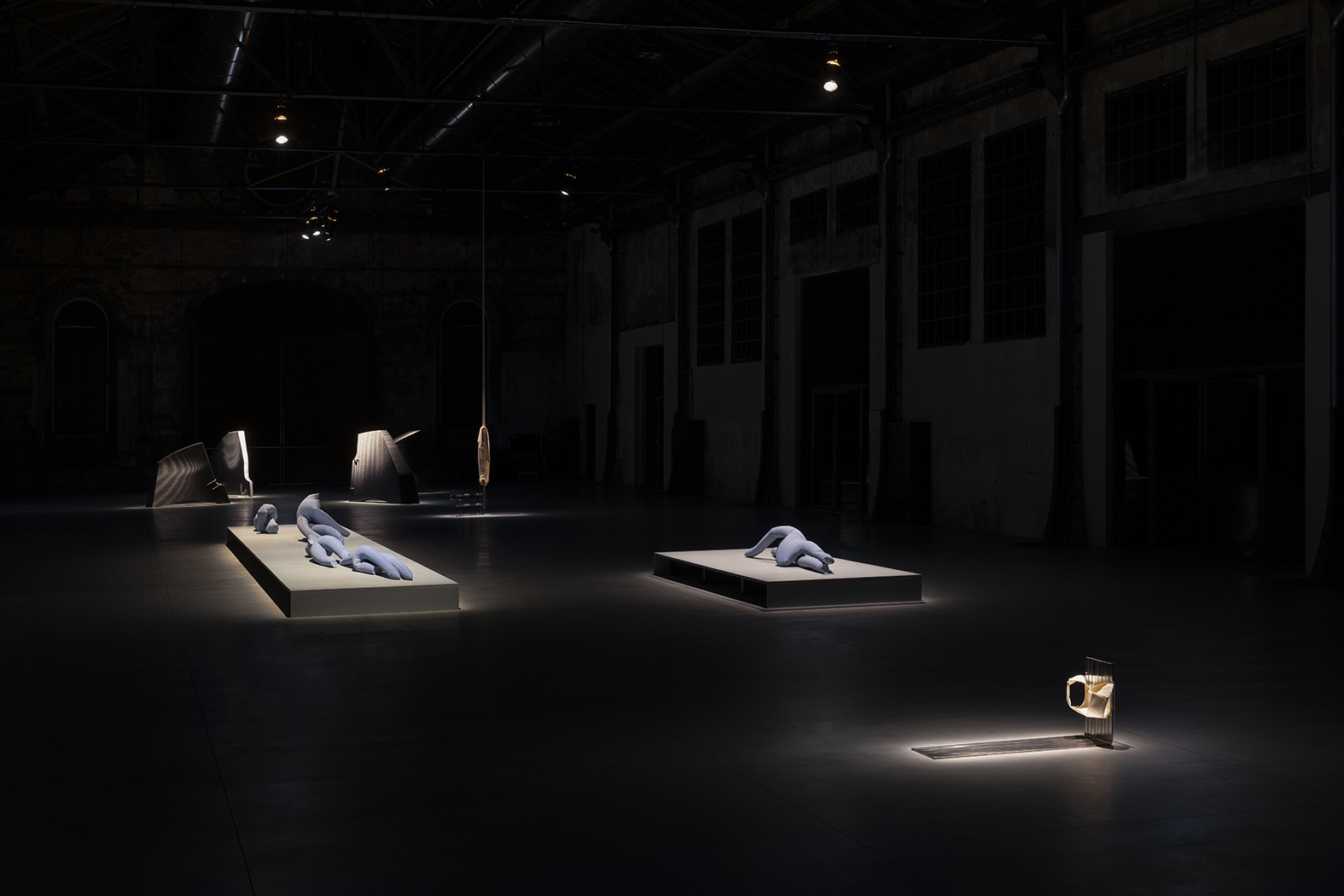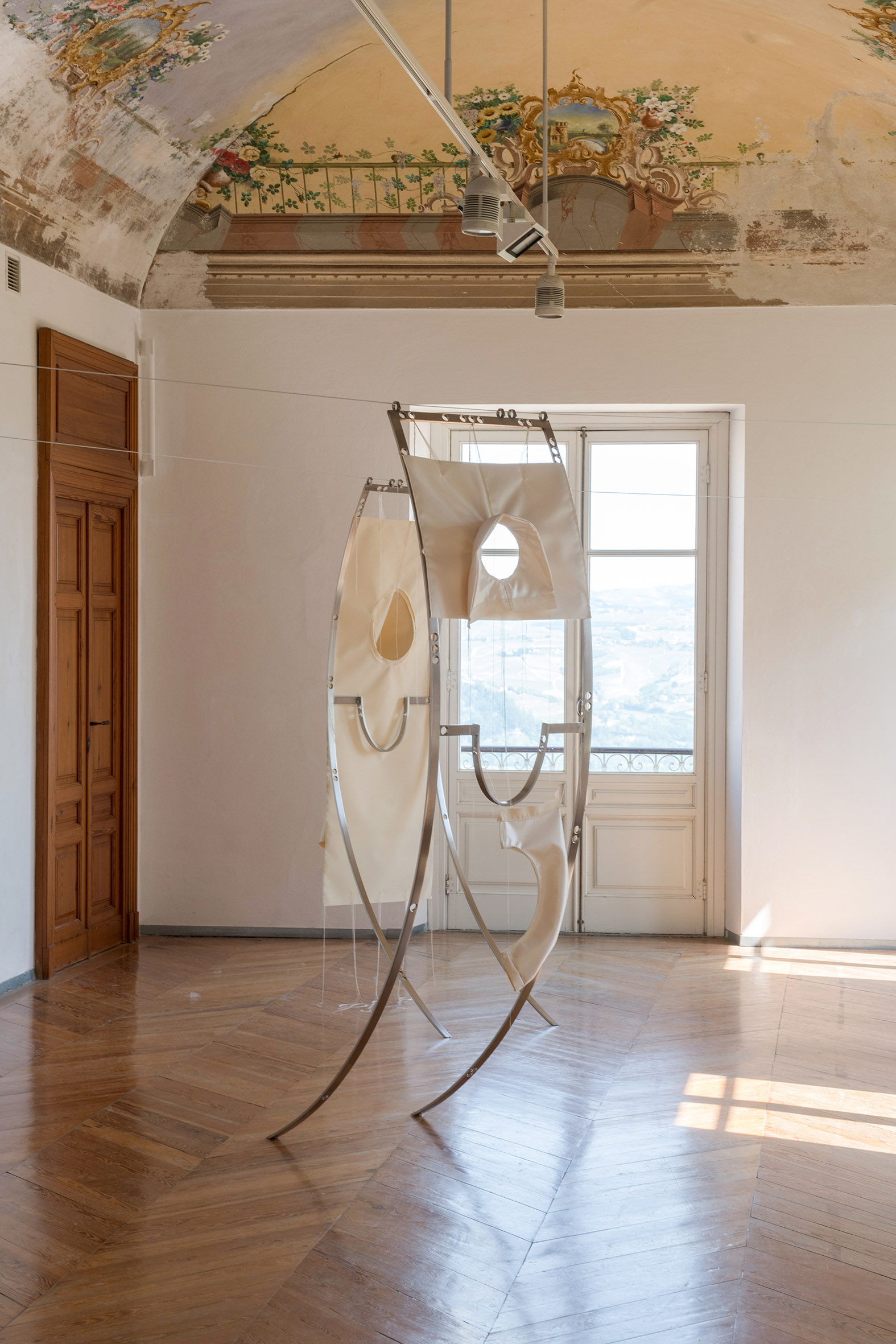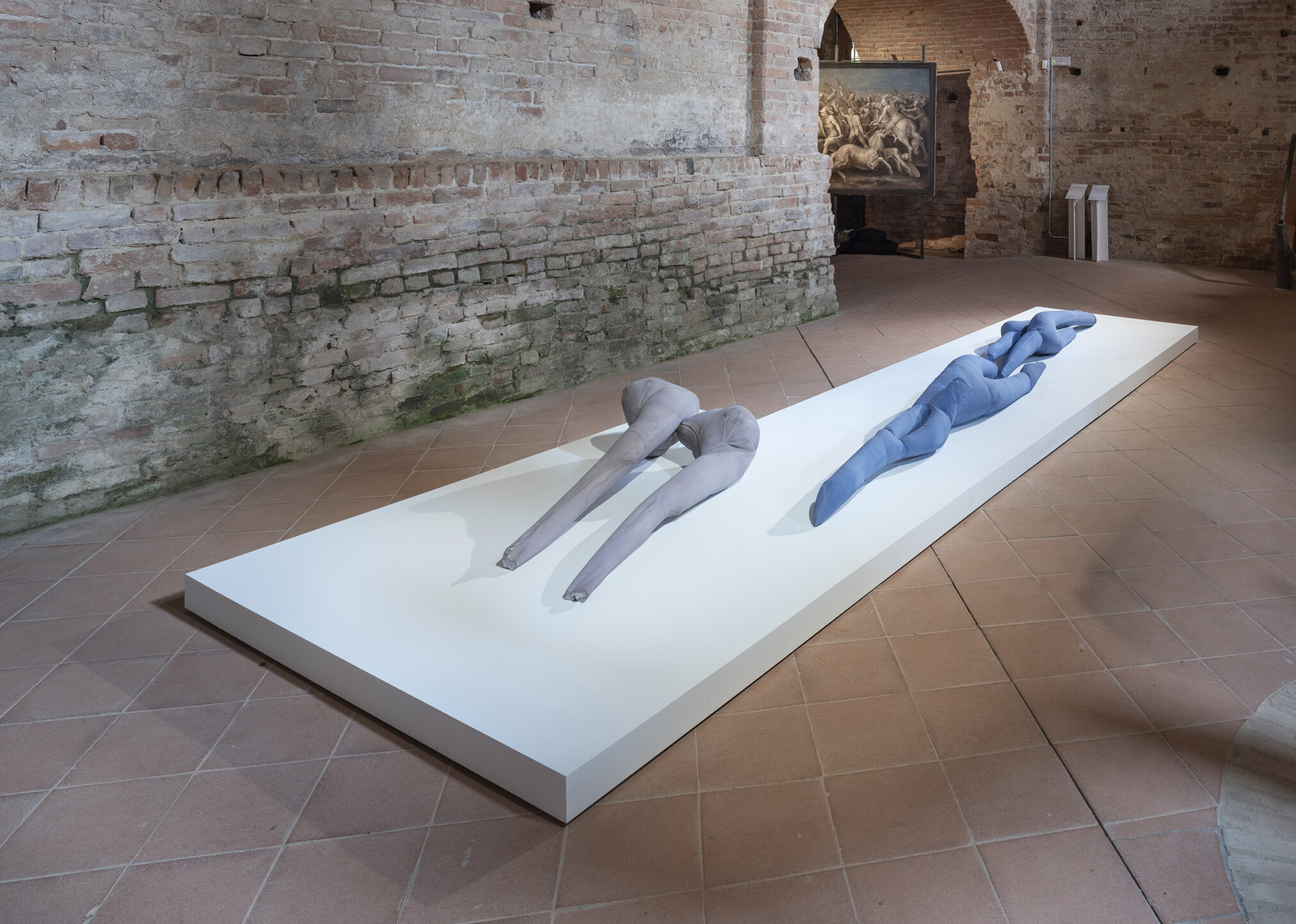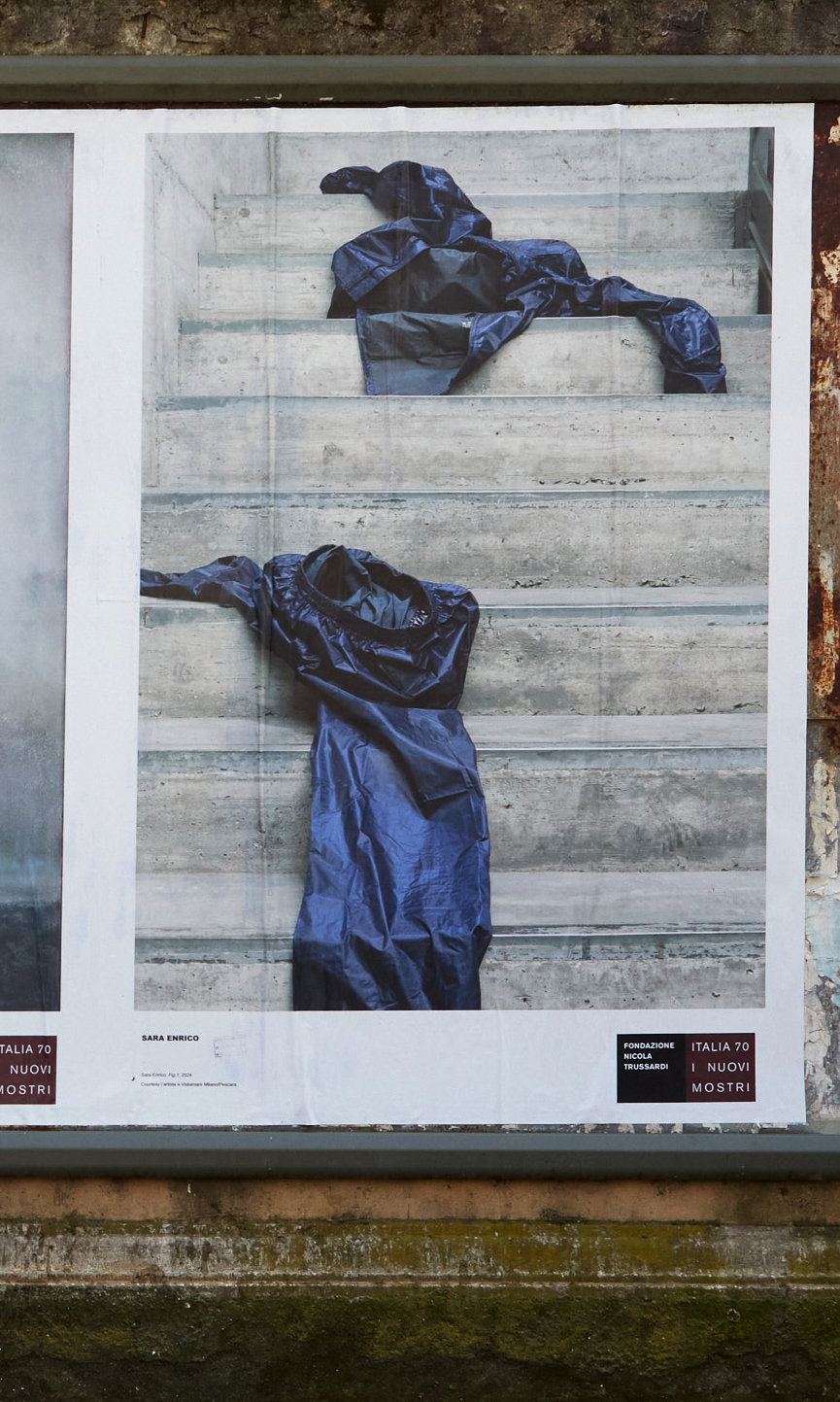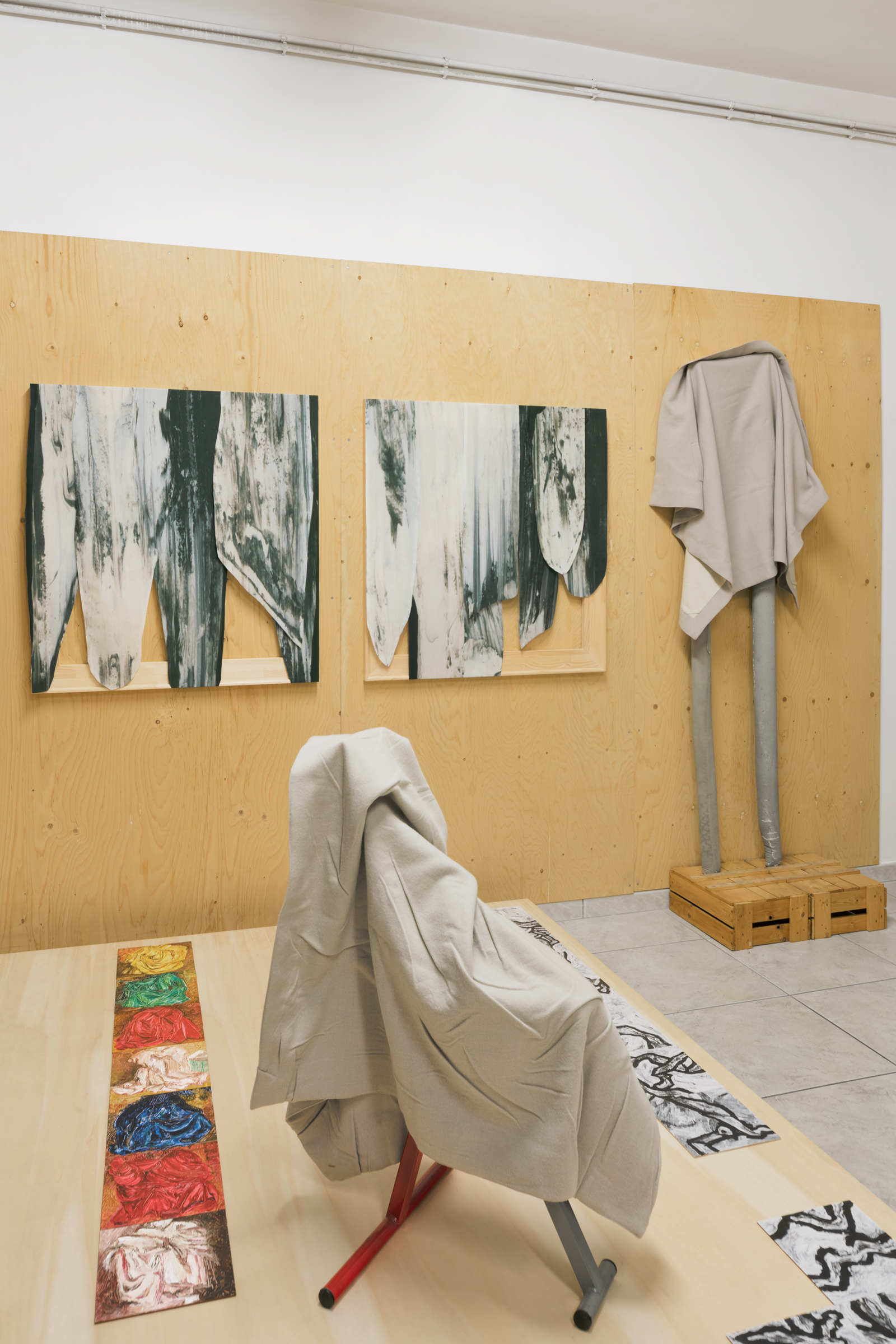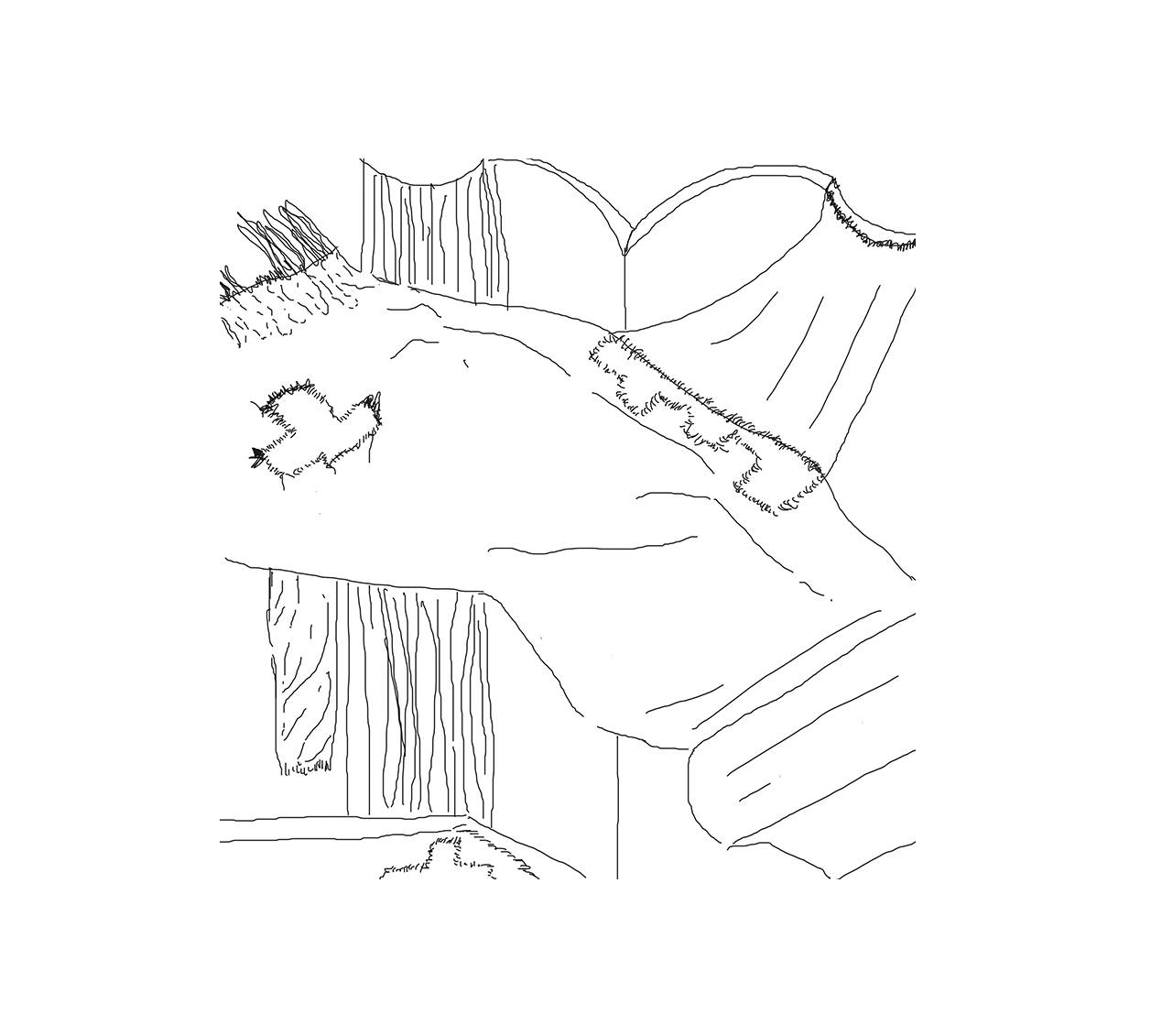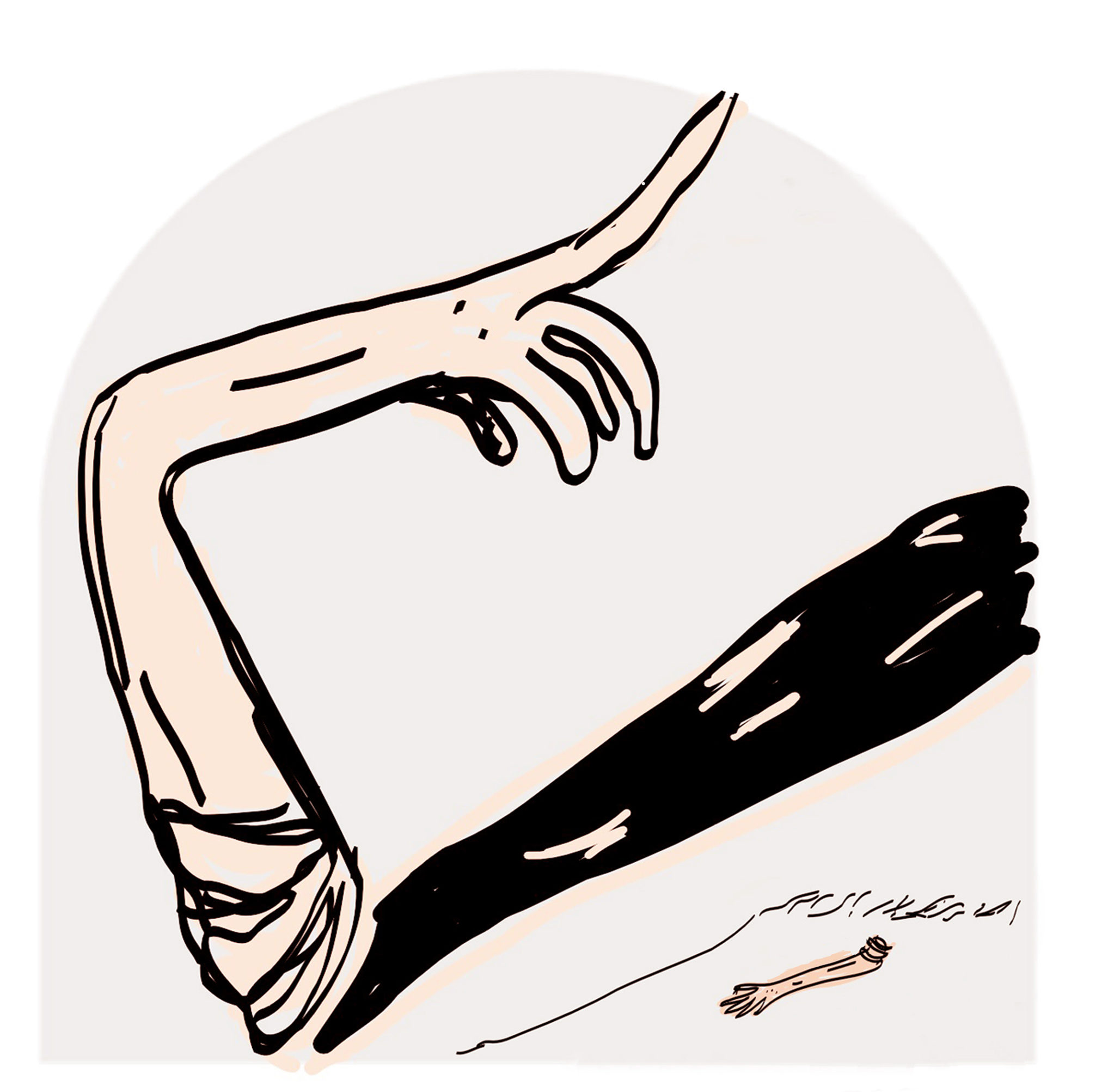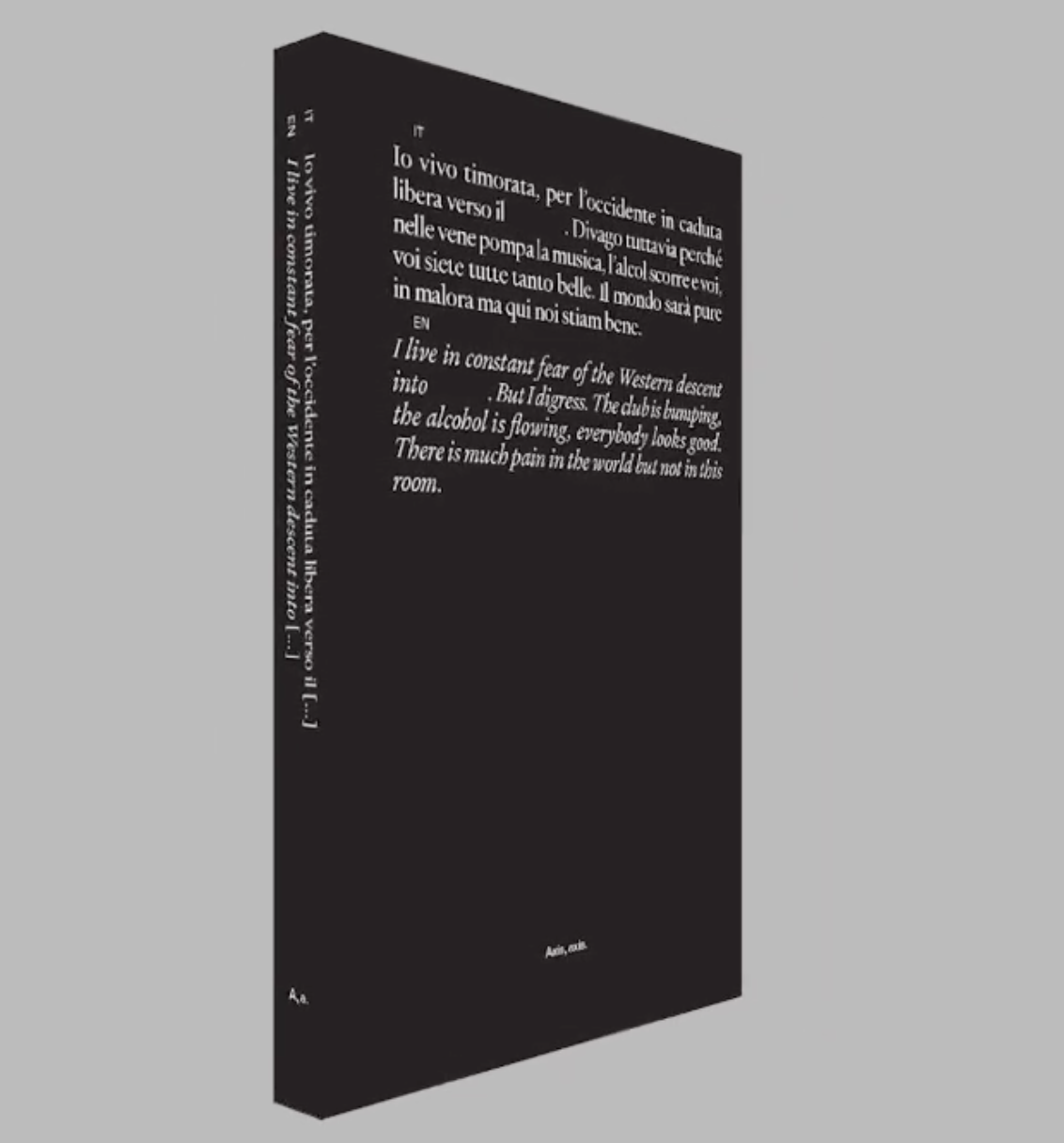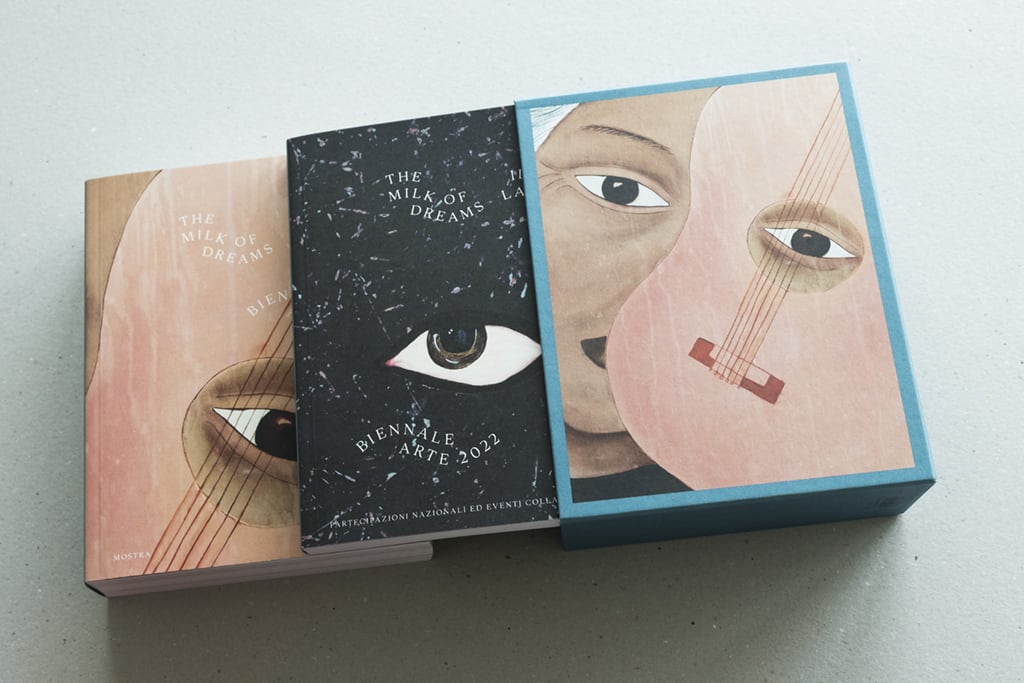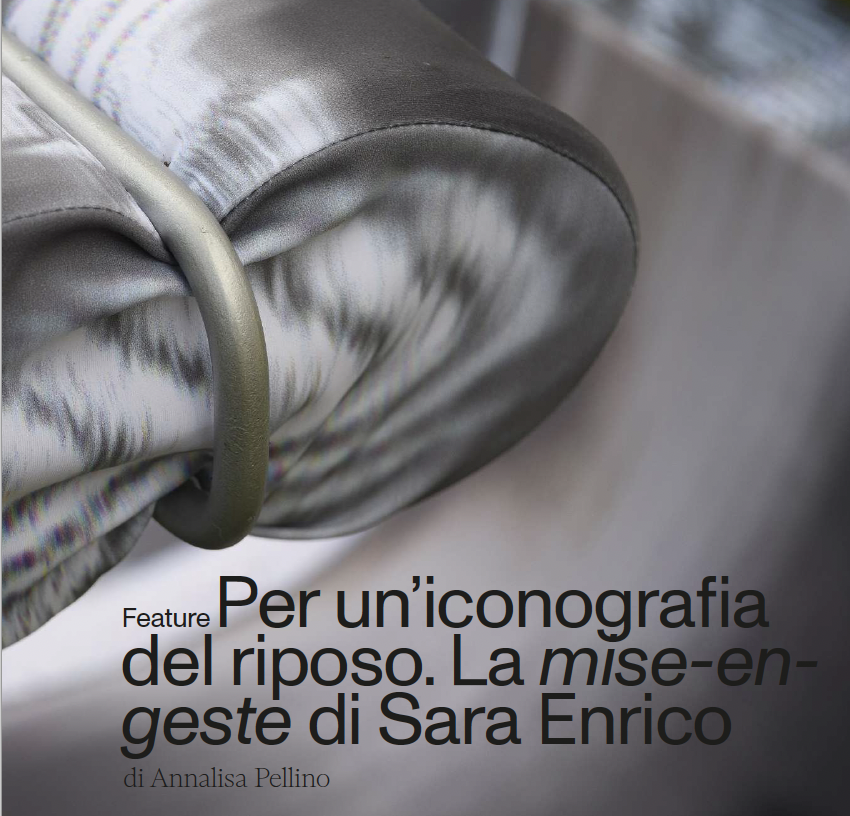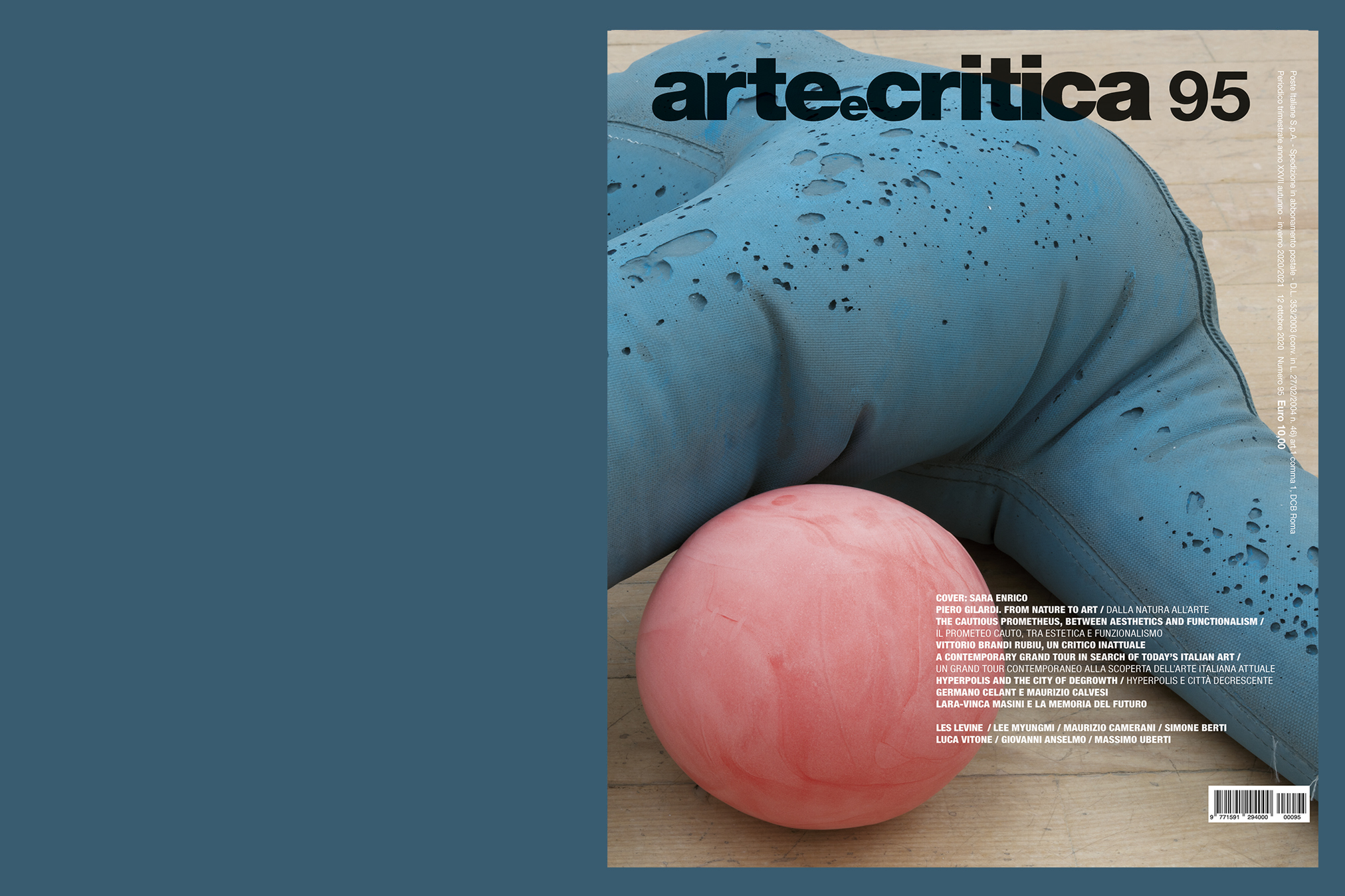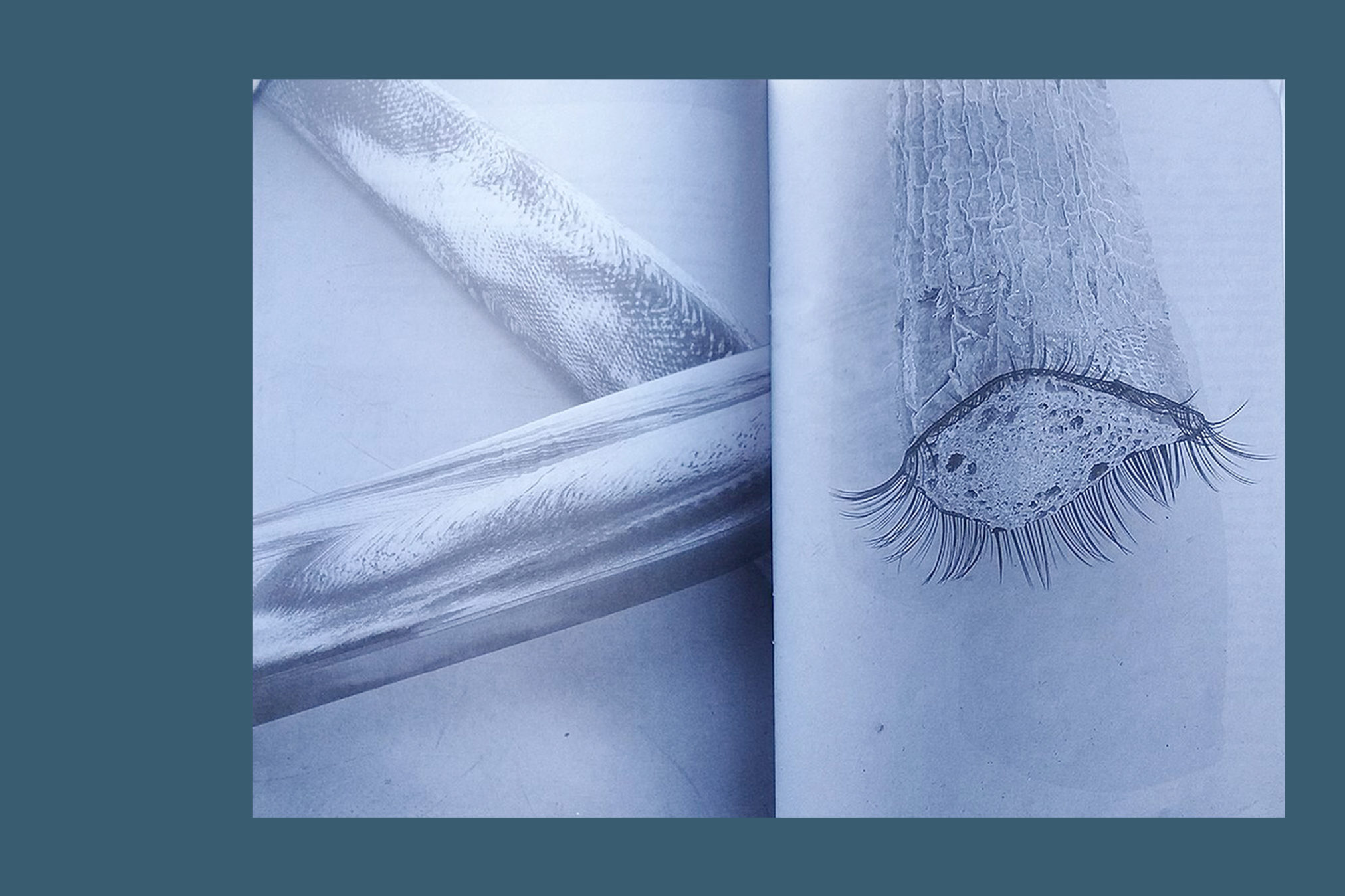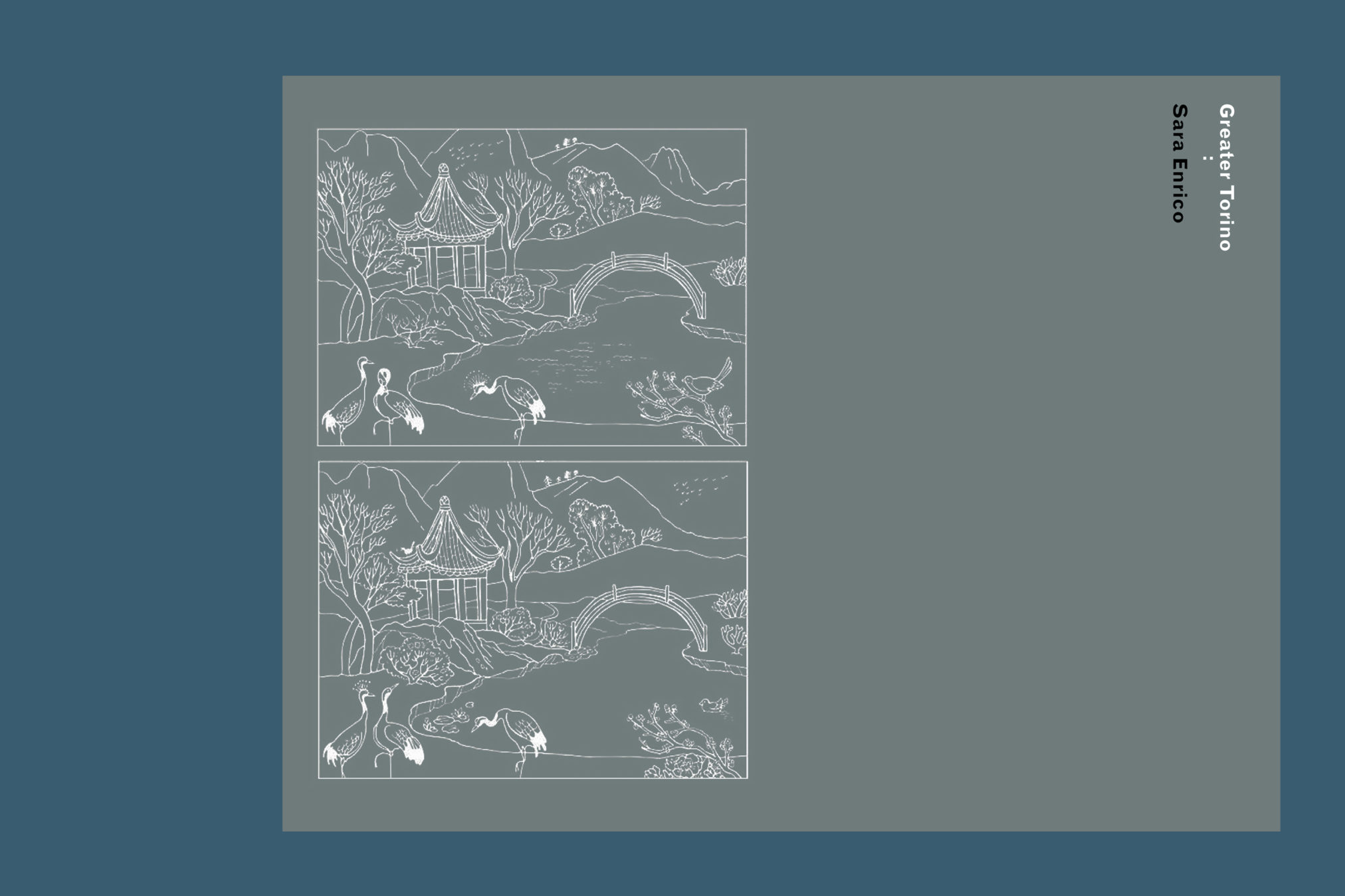The Milk of Dreams takes its title from a book by Leonora Carrington (1917–2011) in which the Surrealist artist describes a magical world where life is constantly re-envisioned through the prism of the imagination. It is a world where everyone can change, be transformed, become something or someone else; a world set free, brimming with possibilities. But it is also the allegory of a century that imposed intolerable pressure on the very definition of the self, forcing Carrington into a life of exile: locked up in mental hospitals, an eternal object of fascination and desire, yet also a figure of startling power and mystery, always fleeing the strictures of a fixed, coherent identity. When asked about her birth, Carrington would say she was the product of her mother’s encounter with a machine, suggesting the same bizarre union of human, animal, and mechanical that marks much of her work.
The exhibition The Milk of Dreams takes Leonora Carrington’s otherworldly creatures, along with other figures of transformation, as companions on an imaginary journey through the metamorphoses of bodies and definitions of the human.
(…)
The exhibition unfolds in the Central Pavilion of the Giardini, and in the Corderie, Artiglierie, and the outdoor spaces of the Gaggiandre and Giardino delle Vergini at the Arsenale complex.
The Milk of Dreams includes over two hundred artists from 58 countries. More than 180 of these artists have never been in the International Art Exhibition until now. For the first time in its 127-year history, the Biennale will include a majority of women and gender non-conforming artists, a choice that reflects an international art scene full of creative ferment and a deliberate rethinking of man’s centrality in the history of art and contemporary culture.
The exhibition features contemporary works and new projects conceived specifically for the Biennale Arte, presented in dialogue with historic works from the 19th century on.
(…)
The fulcrum of The Milk of Dreams is a gallery on the lower level of the Central Pavilion where the first of the five capsules features a collection of artworks by women artists of the historical avant-garde movements, including, among others, Eileen Agar, Leonora Carrington, Claude Cahun, Leonor Fini, Ithell Colquhoun, Loïs Mailou Jones, Carol Rama, Augusta Savage, Dorothea Tanning, and Remedios Varo. The works of these and other women artists of the early 20th century – shown in an ensemble inspired by Surrealist exhibitions – summon up a domain of the marvelous where anatomies and identities can shift and change, following the desire for transformation and emancipation.
Many of the same lines of thought return in the work of contemporary artists on view in the other galleries of the Central Pavilion. The mutant bodies convoked by Aneta Grzeszykowska, Julia Phillips, Ovartaci, Christina Quarles, Shuvinai Ashoona, Sara Enrico, Birgit Jürgenssen, and Andra Ursuţa suggest new mergers of the organic and the artificial, whether as a means of self-reinvention or as a disquieting foretaste of an increasingly dehumanized future.
(…)
(from the curatorial statement)
Photo by Ela Bialkowska OKNOstudio. Courtesy La Biennale di Venezia.
Photo by Ela Bialkowska OKNOstudio. Courtesy La Biennale di Venezia. Pictured with works by Jacqueline Humphries and Carla Accardi.
